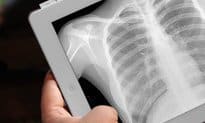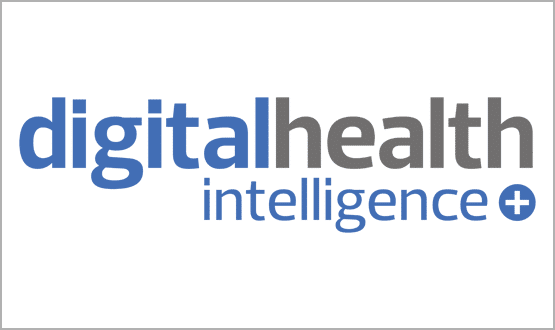UKRC debates dose monitoring registry
- 3 June 2013

How to implement radiation dose monitoring for the UK population will be discussed at UKRC next week.
The current method for recording radiation dose, which involves radiographers entering the information manually into a radiology information system, is widely accepted to be error-prone.
By automating the process and sending data to a national registry, it should be possible to remove the errors and keep an accurate record of radiation dose exposure throughout the country.
Neelam Dugar, consultant radiologist at Doncaster and Bassetlaw Hospitals NHS Trust, who will be moderating the session, said: “What we are trying to achieve is to look at how nationally we can compare doses and to identify any hospital that has wrong practices.
“It could be related to wrong radiographer practices, or due to the machines being old.
You are trying to find out whether there are any outliers, and what the reasons for outliers are. Is there something that can be changed that enables you to reduce radiation dose to the population?”
Last year, the Department of Health set up a working party to look at the issue, resulting in an information paper on digital analysis and reporting systems for diagnostic radiation doses.
Ian Chell of the Department of Health will report on what has happened since, and look at the next steps.
To establish a national registry, several elements need to be in place, both to allow the information on dose to be collected at individual hospitals and to enable it to be sent from the hospital to the registry in a standardised format.
Neil Monaghan, co-chair of IHE UK, will look at how radiation-producing equipment can output data in a standard form to create an REM, or radiation exposure monitoring profile. This can then be sent to a central registry to be analysed.
Gregory Couch from Radimetrics will look at how to capture a dose within an organisation and send it to a registry.
“All the CT scanners and fluoroscopy machines that produce radiation dose will feed into the PACS [picture archiving and communications] system.
"A particular piece of software will analyse the information attached to the PACS and extract the dose, provided that it is REM-compliant, and then pass it onto the registry,” said Dr Dugar.
Ronan Kirby of Siemens will discuss how radiation dose can be transmitted automatically by different modalities to PACS.
“It’s about how the messages that are sent into PACS are constructed out of that data, and the hierarchy of those message types, and how the radiation data is recorded and split up,” said Kirby.
Implementation of automated dose reporting to a national registry is still in the early stages in Europe, though Sweden, which is an early adopter, has implemented Sectra’s DoseTrack product in ten hospitals.
In one Swedish hospital, Dr Dugar said, the implementation of automated reporting had already led to one faulty machine being replaced.
Read more about the imaging informatics strand of next week’s UK Congress of Radiology in Insight.
EHI Imaging Informatics editor Kim Thomas will be at UKRC and would love to meet readers. Contact her if you are going to be in Liverpool for the event.




